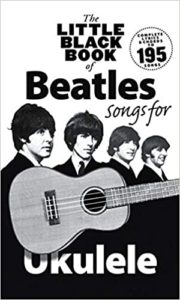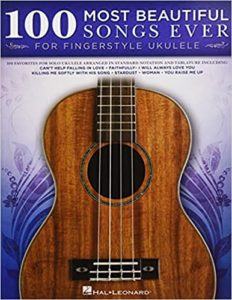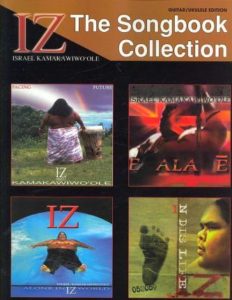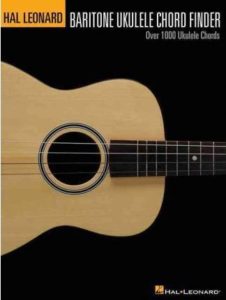Baritone Ukulele
Check out our Ukulele books
Is the baritone ukulele harder to play than the soprano, concert or tenor?
That’s a very good question.
The baritone ukulele is the largest of the four most popular sizes and is also tuned lower than the soprano, concert and tenor. The tuning is DGBE as opposed to GCEA. Because it’s larger than its counterparts it also has slightly larger fret spacings, which could mean a stretch to form some chord shapes if you have small hands. However if you are comfortable with the size and have never played a ukulele before, this could be the instrument for you. Being larger gives a lower, richer tone, more like the sound of a guitar. In fact the tuning is the same as the first four strings of a guitar, therefore the skills and knowledge you gain as you learn the baritone would help if you later decided to learn guitar. Likewise if you already play guitar and want to try ukulele, the baritone ukulele would be a natural choice.
For those that like the idea of playing the baritone but would rather stick to the GCEA tuning, it is possible to change the tuning or change the strings to achieve this.
Baritone tuning relative to keyboard
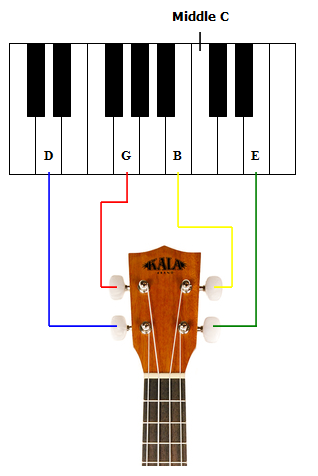
Baritone Ukulele Tuner
By far the easiest way to tune any Ukulele is with a clip on tuner. However a clip on “Ukulele tuner” will not work on the “U” (ukulele) setting for the baritone ukulele, as the baritone is tuned differently to the standard ukulele. Most modern tuners have several settings including “G” (guitar) and “C” (chromatic). Either of these settings will allow you to tune a baritone ukulele. Likewise a guitar tuner will allow you to tune a baritone ukulele. See our accessories page for suitable tuners and other items.
Baritone Ukulele Chords
Baritone Ukulele Chord Chart
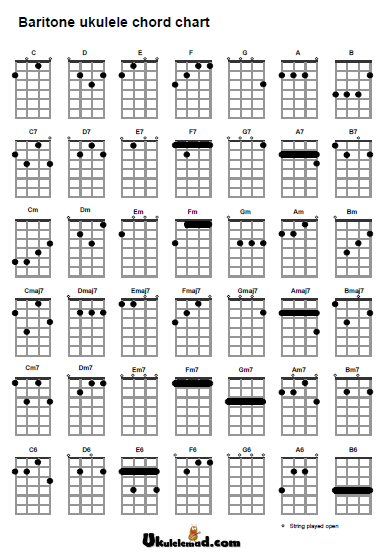
How to play Baritone Ukulele
As with the Soprano, Concert and Tenor ukuleles, a good place to start is with three simple chords, C, F, G7. Once you have mastered these three chords you will be able to play hundreds of songs. From there on each new chord you learn will allow you to play many more songs. Take a look at the Baritone ukulele chords and finger positions below.
C Baritone Ukulele Chord
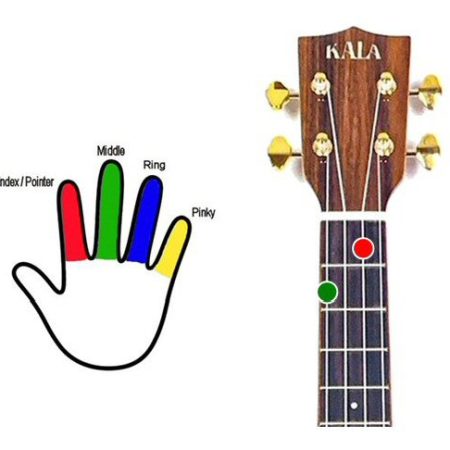
F Baritone Ukulele Chord
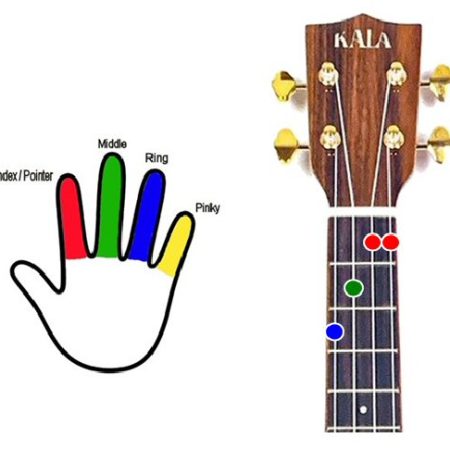
G7 Baritone Ukulele Chord
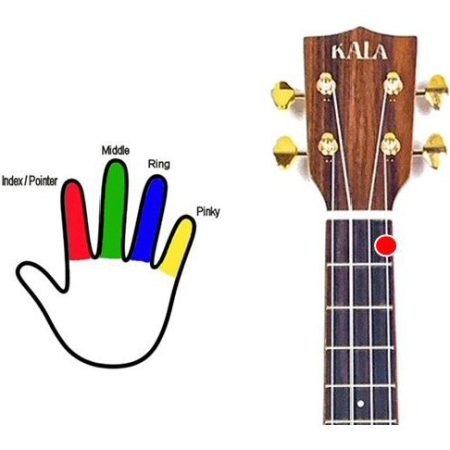
Once you have mastered these three baritone ukulele chords, you might want to try some of the easy ukulele songs on our songs page before moving on to additional chords..
The Next Chords to Learn
C7 Baritone Ukulele Chord
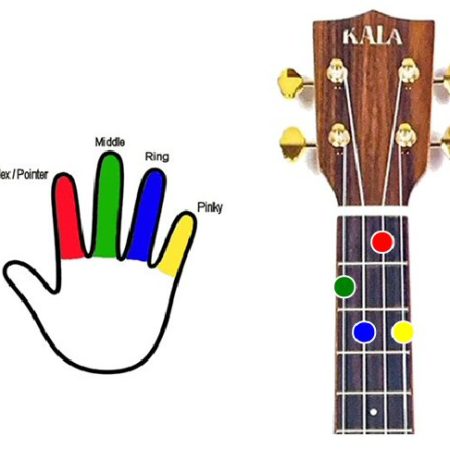
D7 Baritone Ukulele Chord
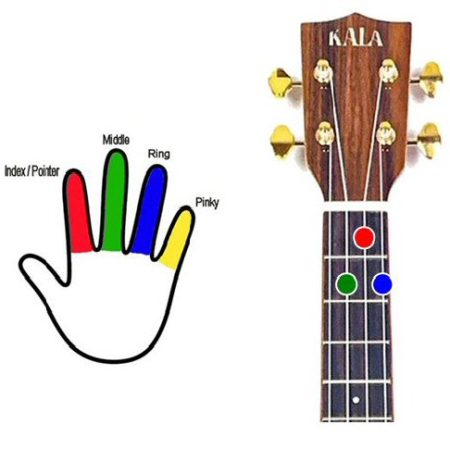
Am Baritone Ukulele Chord
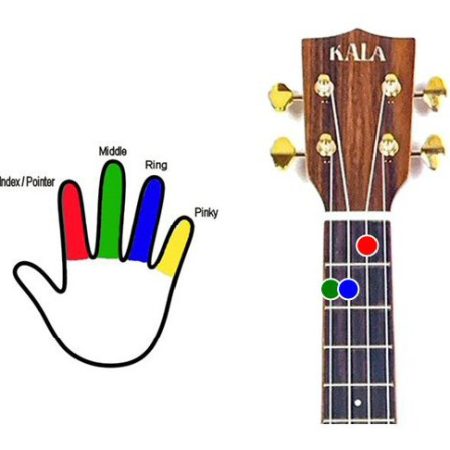
D Baritone Ukulele Chord
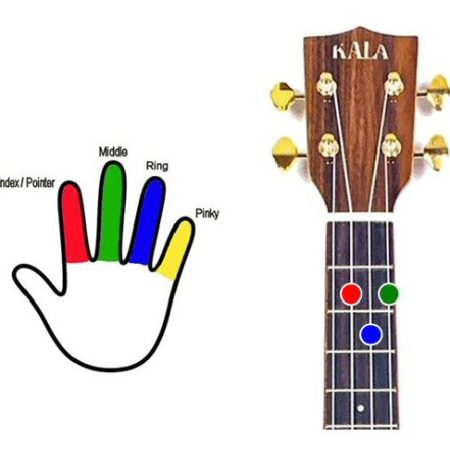
Dm Baritone Ukulele Chord
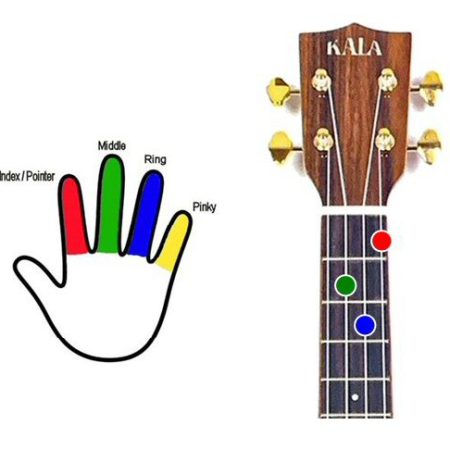
Don’t rush to learn lots of chords, play slowly to start with and concentrate on playing the chords cleanly and clearly. Take your time and adjust your finger position as necessary to stop any string buzz.
More Baritone Ukulele Chords and finger positions
Baritone Ukulele Fretboard Chart
The diagram shows the Baritone Ukulele fretboard notes for a standard baritone ukulele tuning D G B E. All the note and their positions can be clearly seen for one octave. The same pattern repeats for the second octave starting at fret 12.


